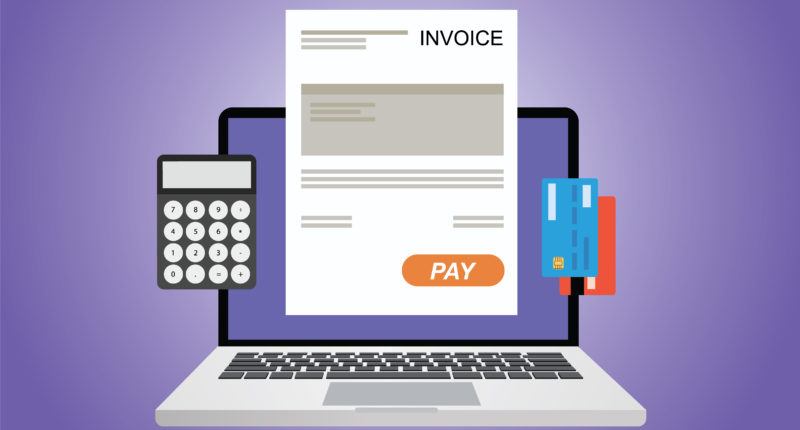The Goods and Services Tax Network (GSTN) has recently issued an advisory on the process of auto-populating e-invoice data in various GST returns. E-invoicing was made applicable from 1st October 2020 for certain categories of taxpayers under GST. Under the e-invoicing system, taxpayers must upload their invoices onto the Invoice Registration Portal (IRP), where an Invoice Reference Number (IRN) gets generated, and the e-invoice gets digitally signed by the IRP, before being returned to the taxpayer.
To make the reporting process seamless, the e-invoice portal has integrated with the GSTN to facilitate GST returns’ auto-population, i.e. the GSTR-1, GSTR-2A, GSTR-2B, GSTR-4A and GSTR-6A. This facility is available for those classes of taxpayers who are required to generate IRNs. However, due to certain unanticipated issues, there was a delay in auto-populating these e-invoice details into the GSTR-1.
The GSTN has started this auto-population facility for about a month now. Taxpayers who had started generating e-invoices from 1st October 2020 have had their GSTR-1 returns auto-populated from 3rd December 2020.
Also Read: GST Collections for December 2020 hits Record High! Here’s How
The data reflects in the GSTR-1 on a T+3 day basis. For example, data from invoices uploaded on 15th December 2020 will be visible in the GSTR-1 on 18th December 2020. From the GSTR-1 return, this data will also reflect in the auto-drafted GSTR-2A, 2B, 4A and 6A statements of their customers. However, the invoices will be auto-populated based on the document date as was reported to the IRP.
The GSTR-1 return will validate the invoice data before auto-populating the same. If the invoices do not conform to these validations, the same will not get recorded in the tables of the GSTR-1 return, but will only be made available in the downloadable excel file. A corresponding error description will be mentioned for these invoices, such as-
- The supplier is found to be of the type – ISD/NRTP/TCS/TDS.
- The supplier is found to be a Composition taxpayer for that tax period.
- The document date is before the supplier’s/recipient’s effective date of registration.
- The document date is after the supplier’s/recipient’s effective date of cancellation of registration.
- The invoices are reported as attracting “IGST on Intra-state supply”, but without reverse charge.
In addition to the above, e-invoices that could not be processed by the IRP due to structural issues will also not be recorded in the GSTR-1 return.
The GSTN has reiterated that it is the taxpayer’s responsibility to verify the accuracy of the auto-populated data in each field, and in the light of the relevant legal provisions, before filing his return.
For any clarifications/feedback on the topic, please contact the writer at athena.rebello@cleartax.in

I’m a Chartered Accountant by profession and a writer by passion. ClearTax lets me be both. I love travel, hot tubs, and coffee. I believe that life is short, so I always eat dessert first. Wait.. life is also too short to be reading bios… Go read my articles!





